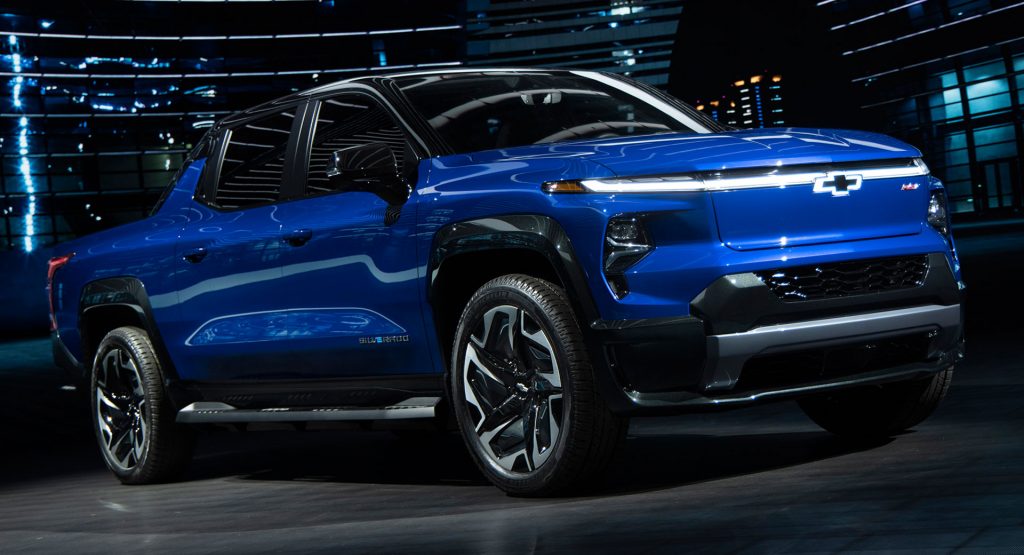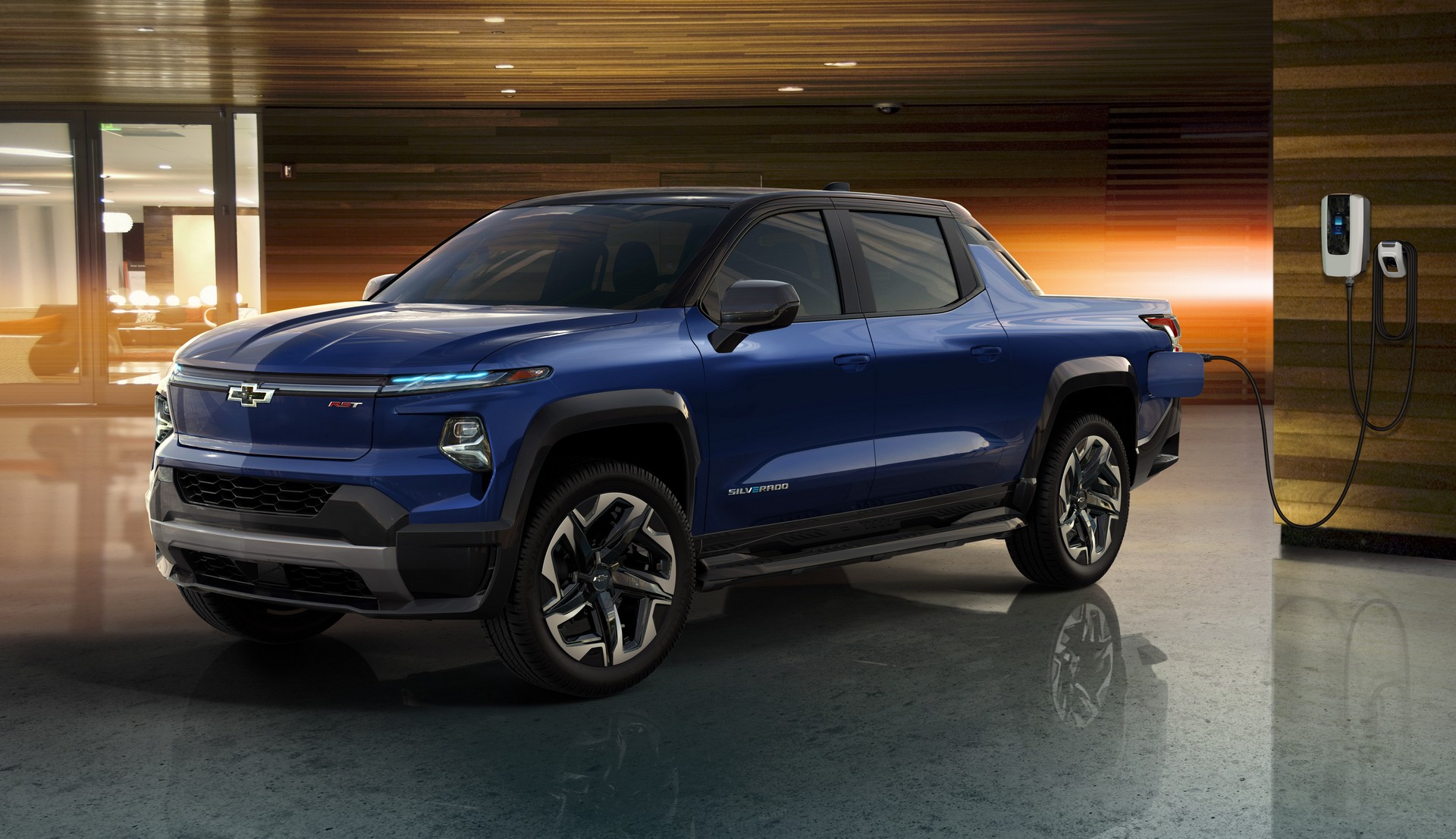California residents have a love and hate relationship with Pacific Gas and Electric (PG&E) as the utility conducts “public safety power shutoffs” to help reduce the risk of wildfires. This is a major inconvenience for customers as they’re literally left in the dark when the winds kick up.
Thankfully, this could soon be a thing of the past as General Motors and PG&E have announced plans to test bidirectional charging technology that turns electric vehicles into “on-demand power sources” for homes in the utility’s service area.
While bidirectional charging is nothing new, the companies plan to test the first vehicle-to-home capable EV and charger by this summer. GM said the test will involve the use of “bidirectional hardware coupled with software-defined communications protocols that will enable power to flow from a charged EV into a customer’s home, automatically coordinating between the EV, home and PG&E’s electric supply.”
Also Read: Ford F-150 Lightning Will Be Able To Fully Power Your Home For Up To 3 Days
Interestingly, the switchover from grid to EV power might be automatic as GM noted they’re planning to test a “vehicle-to-home interconnection allowing a small subset of customers’ homes to safely receive power from the EV when power stops flowing from the electric grid.” The ultimate goal is to create a user-friendly vehicle-to-home charging experience and the trial is set to expand to a larger group of customers by the end of the year.
PG&E CEO Patti Poppe said, “Imagine a future where everyone is driving an electric vehicle – and where that EV serves as a backup power option at home and more broadly as a resource for the grid. Not only is this a huge advancement for electric reliability and climate resiliency, it’s yet another advantage of clean-powered EVs, which are so important in our collective battle against climate change.”
The benefits of bidirectional charging are obvious, but they’re more far reaching than you might realize. California is looking to ban small off-road engines, such as those found on generators, and this means a replacement for them is needed. While there are a number of solar generators on the market, they’re relatively expensive and not nearly as powerful as gas generators. EVs, on the other hand, are basically big batteries on wheels and they could presumably provide plenty of juice to ride out a blackout.






